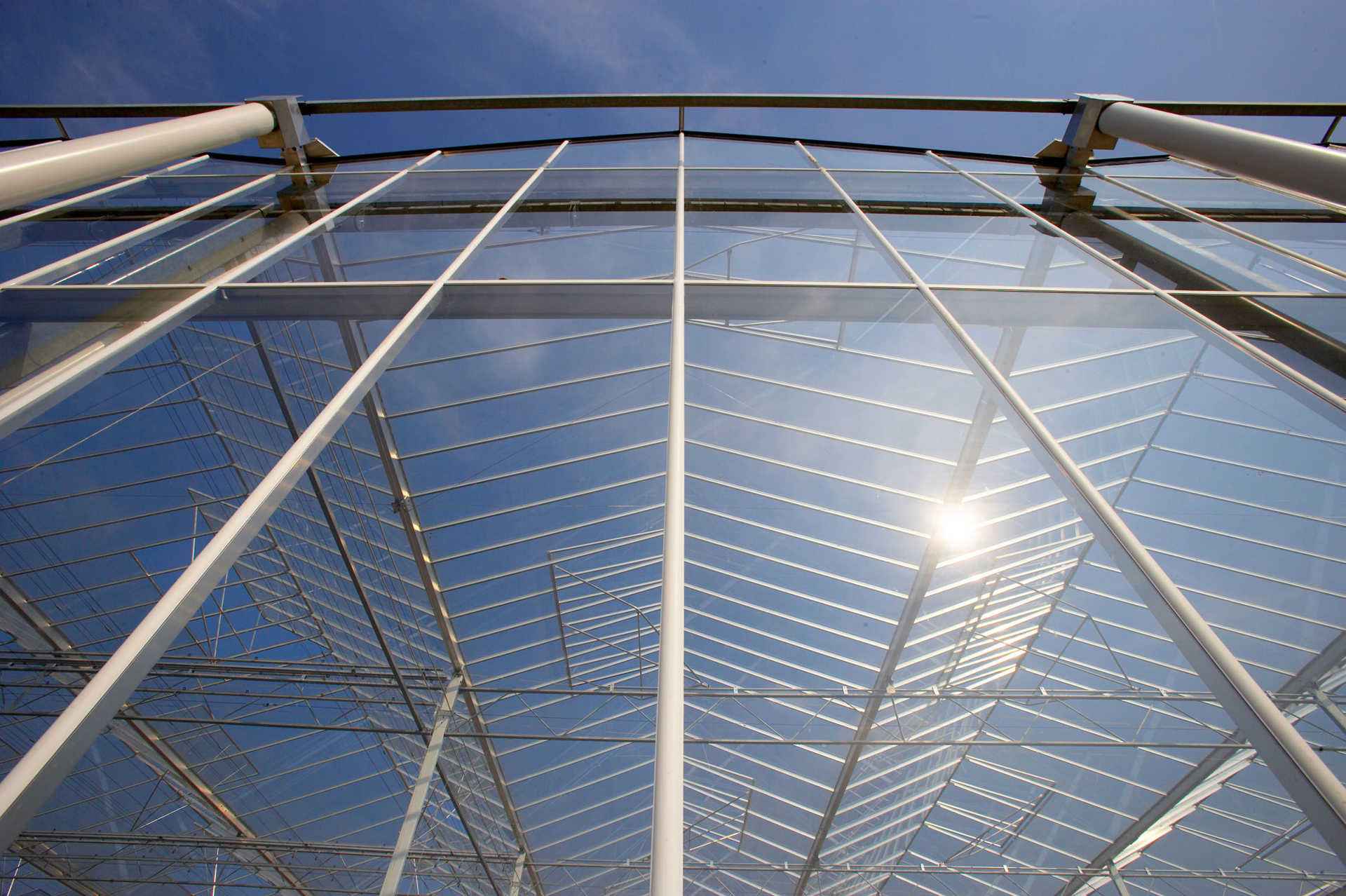PAR (Photosynthetically Active Radiation)

Short definition
PAR is the portion of light in the 400–700 nm range that plants can use for photosynthesis. It is quantified as photon flux density at the canopy (μmol m-2 s-1) and drives daily light integral calculations.
Expanded definition
=PAR denotes the 400–700 nm portion of light that plants use for photosynthesis and is measured as photon flux density at the crop canopy. In greenhouses, it informs photosynthesis models, guides lighting system design (natural plus supplemental), and supports climate-control decisions that balance crop growth with energy use. PAR receipt at the canopy depends on canopy structure (LAI), leaf optical properties, shading screens, surface reflectance, cloud cover, and the spectral distribution of both sun and artificial lighting. Synonyms and abbreviations: Photosynthetically Active Radiation, photosynthetically active radiation, PAR (400–700 nm), PPFD (photosynthetic photon flux density), PPF (photosynthetic photon flux), PAR sum, Daily Light Integral (DLI).
In Greenhouse Context
PAR is a fundamental driver of crop energy capture in greenhouse environments and a central input to climate-control strategies. Growers deploy fixed or mobile PAR sensors across canopies to capture spatial variability caused by sun angles, row orientation, scattering from glass and screens, and the difference between sunlit and shaded leaves. When PPFD at the crop is high, transpiration often rises and the vapor pressure deficit can widen if ventilation or dehumidification does not keep pace, so PAR planning must be integrated with humidity and temperature controls. Conversely, low PAR reduces photosynthesis and may necessitate longer photoperiods or higher CO2 enrichment to maintain growth rates, which interfaces directly with energy budgets. Many greenhouse operations now operate with crop-level PAR as part of daily light integral targets, requiring data fusion from outdoor irradiance, cover transmissivity, and canopy interception models that account for LAI and Kdif. The notes emphasize that PAR is not a simple radiometric quantity; it interacts with light quality, canopy architecture, and screening. Therefore, sensor strategies include multiple fixed points, rotating-arm systems, or model-based crop-level PAR estimation, along with periodic calibration against handheld meters. Shading screens, roof films, and glazing controls are used to modulate PAR receipt to protect sensitive stages or products while preserving adequate DLI; this has downstream effects on disease pressure, microclimate, and humidity distribution within canopies. The relationship between PAR and plant responses is nonlinear and species-specific, so growers tune setpoints for lettuce, tomato, or cucumber crops to optimize yield, quality, and energy efficiency. In practice PAR management is tightly coupled with irrigation scheduling, fertigation, and energy use modeling, since transpiration, stomatal behavior, and leaf temperature all depend on light availability; automation, data logging, and AI-assisted algorithms increasingly support dynamic adjustments of PAR delivery to maximize photosynthetic efficiency while minimizing waste.
Examples and/or use cases
A tomato greenhouse uses canopy PPFD sensors distributed across the bench to drive HVAC setpoints and CO2 enrichment so that daytime PPFD remains within a productive band; a lettuce operation takes advantage of shading screens to blunt midday PAR peaks and then compensates with longer photoperiods or targeted supplemental lighting to maintain the daily light integral; a strawberry nursery maps PAR distribution with a rotating-arm sensor, then adjusts reflectance screens and bench heights to improve uniformity and reduce cold spots at dawn; a cucumber house applies LAI- and Kdif-based canopy modeling to predict sunlit versus shaded fractions and schedules short, high-intensity lighting bursts to fill gaps when natural PAR dips; a herb greenhouse calibrates handheld PAR meters against fixed sensor arrays to ensure crop-level measurements are accurate under cloud cover and when screens are in place; taken together, these examples illustrate how PAR management interacts with energy use, climate control, disease risk management, irrigation scheduling, and automated control systems to optimize both yield and product quality.
Relevance
PAR is a fundamental driver of plant physiology in greenhouses, linking ambient light to photosynthetic rate, growth, and morphological responses. Its precise management enables reproducible productivity through setpoints for PPFD and DLI, integrated with spectral quality, photoperiod, CO2, and climate controls. Understanding PAR requires psychrometric relationships because PAR practice changes leaf cooling needs, transpiration rates, and humidity distribution, which in turn influence disease risk and worker comfort; robust sensor strategies and calibration are essential to avoid drift in PPFD measurements. The incremental gains from adding artificial PAR diminish as natural PAR rises, so growers rely on dynamic optimization and energy accounting to improve light-use efficiency. In practice, the risk/benefit calculus includes energy cost, equipment capital, and potential photoinhibition or salt accumulation with excessive light or CO2, emphasizing the need for species- and stage-specific targets. As climate and energy prices shift, PAR-driven automation and crop models help growers reduce waste, stabilize yields, and improve product quality while meeting sustainability goals. Sources — Online: https://extension.psu.edu/psychrometric-chart-use/; https://ceac.arizona.edu/sites/default/files/asae_-_heating_ventilating_and_cooling_greenhouses.pdf; https://msu-prod.dotcmscloud.com/floriculture/uploads/files/Section%20_3.pdf; https://www.controlledenvironments.org/wp-content/uploads/sites/6/2017/05/Greenhouse-Guidelines.pdf.